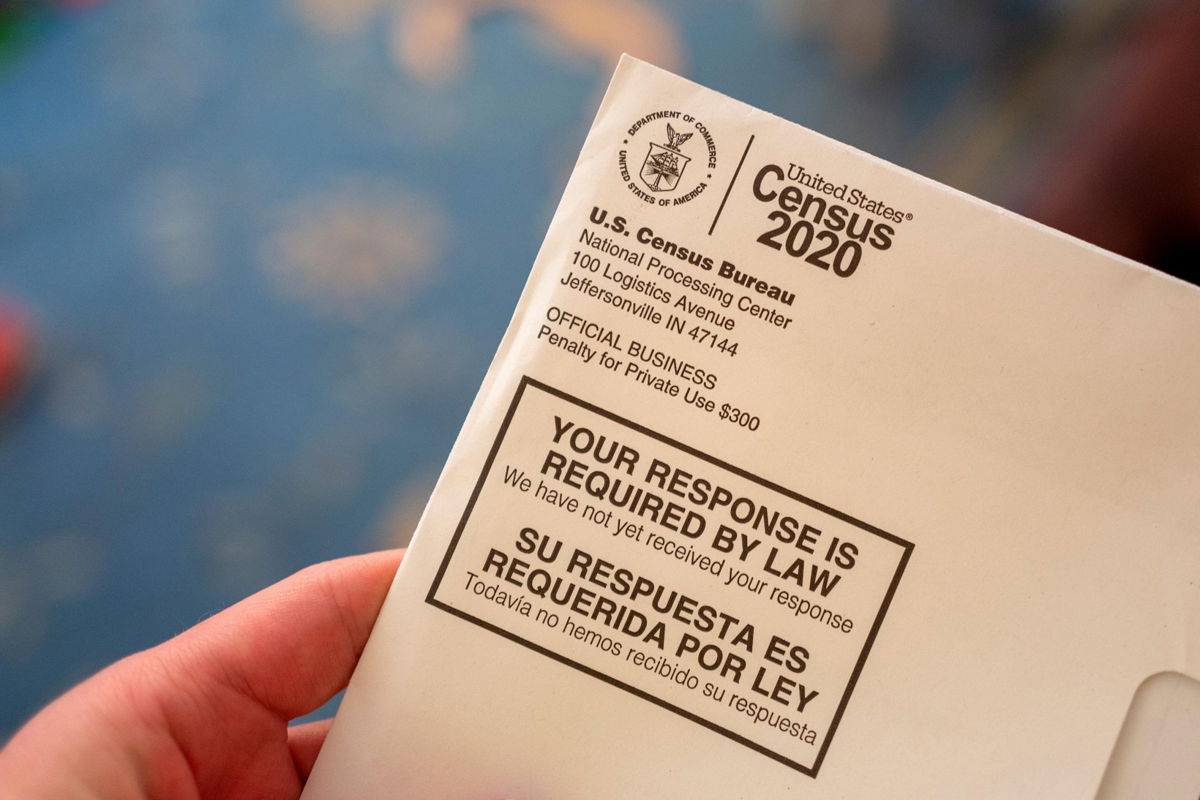Census Bureau to announce population numbers that will be used to reapportion congressional seats

The United States Census Bureau will announce updated state population totals on Monday, numbers that will be used to reapportion seats in the House of Representatives and are expected to shift more political power from states in the Midwest and Northeast to states in the South and West.
Watch the feed here:
The announcement, which will be made by the bureau's acting director in the afternoon, will include the total population for each state, as well as the number of congressional seats. These numbers will set off the redistricting process that happens every decade, an often highly contentious saga where both Democrats and Republicans look to create as many safe congressional seats for their parties as possible.
The states expected to gain the most seats are Texas and Florida, each of which will likely gain multiple new districts, experts believe. States in the West like Arizona, Colorado, Montana and Oregon are also expected to each gain a seat, along with North Carolina in the South.
Those new seats are primarily expected to come from states in the Upper Midwest and Northeast, experts believe, with states like Michigan, Illinois, Minnesota, Ohio, Pennsylvania and Rhode Island all expected to lose a seat. New York, a state where the population has largely stagnated over the last decade, could lose two seats, some experts say. West Virginia, Alabama and California could also be in line to lose a seat in Congress.
The release of the data has been a long time coming, delayed by both the coronavirus pandemic and controversial legal fights on how President Donald Trump's administration has handled the process.
The Census Bureau announced in February that the numbers, which would normally come out by April 1, would be delayed. The bureau cited the coronavirus pandemic, and the difficulty the virus created for those collecting census data, as the reason for the delay.
The process was also complicated by the Trump administration's efforts to exclude noncitizens when seats in Congress were apportioned, a decision that landed the bureau and the Republican administration in lengthy legal fights.
In the majority of states, maps are redrawn and accepted by state legislatures, with many giving authority to the state's governor to either approve or deny the new districts. Only a handful of states rely on relatively independent commissions to determine new maps. Because Republicans have been more successful at winning state legislatures in recent years, the party has almost total control over the process in a number of key states, like Texas and Florida.
If Republicans embark on cutting up increasingly diverse populations in the suburbs around some of the nation's largest cities -- combining them with more reliably Republican voters in exurbs and rural areas -- the party will open themselves up to racial gerrymandering claims. Democrats are prepared to fight any attempts.
"The presumption that Republicans should get all of those new seats simply because they control the process is a presumption of gerrymandering," said Kelly Ward Burton, the president of the National Democratic Redistricting Committee. "And that is illegal."
Another issue facing both parties is how each should analyze the last four years of political shifts under Trump, a time that saw Democrats make up considerable ground in the suburbs and Republicans make inroads with Latino communities in places like South Florida and South Texas and consolidate support among rural voters.
The question for those party officials in charge of the redistricting process will be whether to treat these shifts as either aberrations or signs of more lasting changes.
"For people who did this stuff a decade ago, if they had known that Donald Trump was going to come along in 2016 and shift the American electorate, there's at least a couple dozen seats around the country that would have been drawn differently than they were," said Adam Kincaid, the head of the National Republican Redistricting Trust. "And that is the challenge for the next few years is trying to forecast out how much this realignment is permanent versus temporary."





